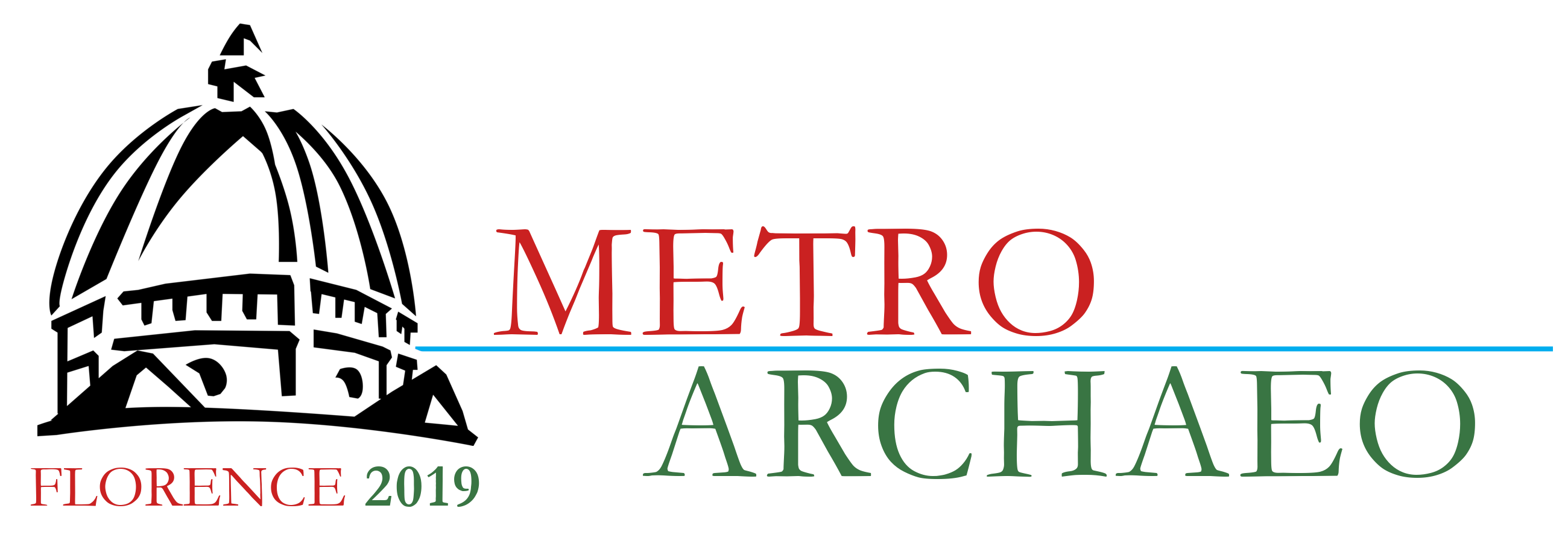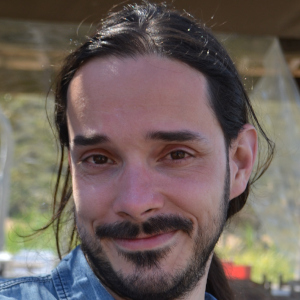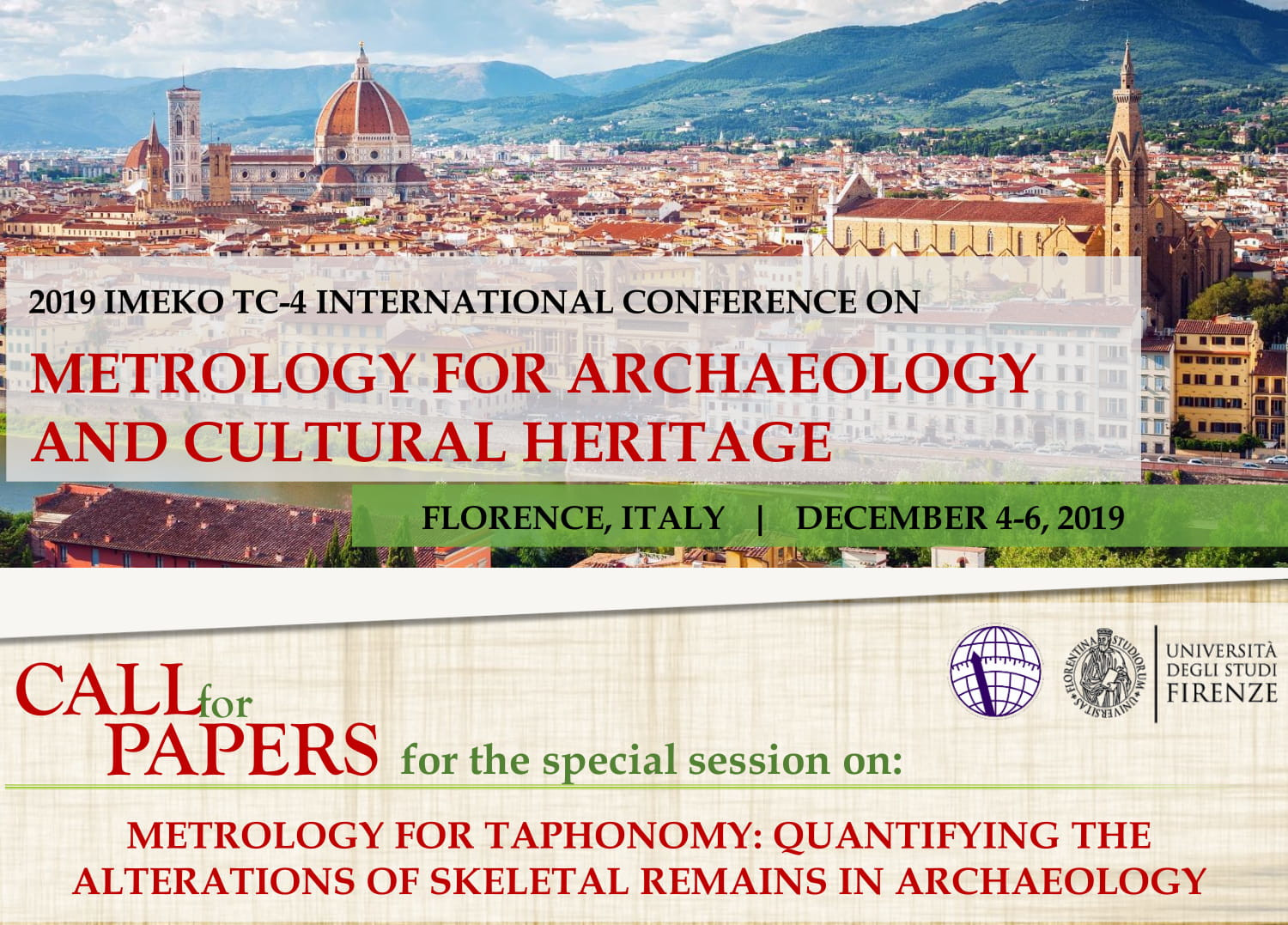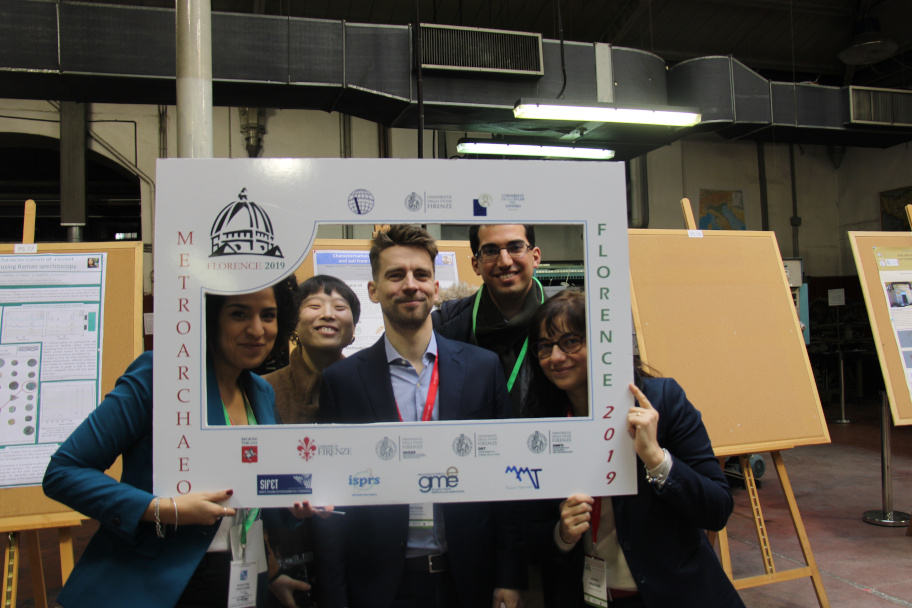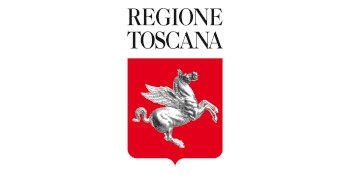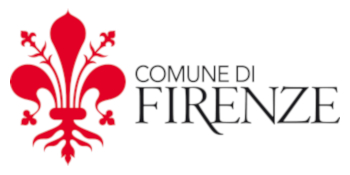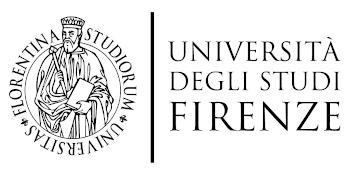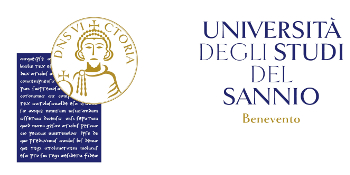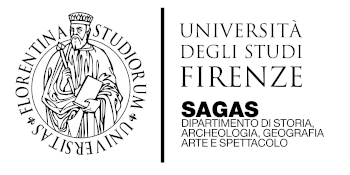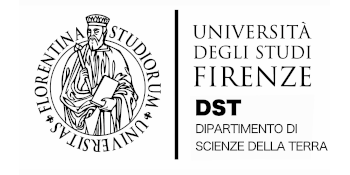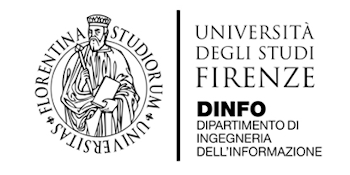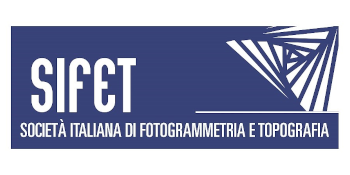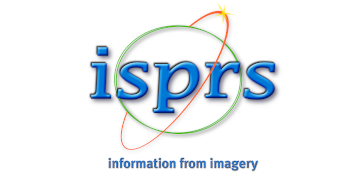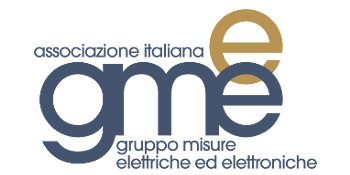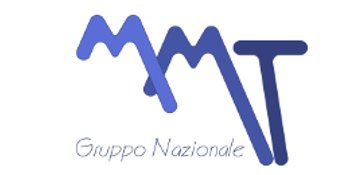Metrology for taphonomy: quantifying the alterations of skeletal remains in archaeology
ORGANIZED BY
Francesco Boschin
University of Siena, Italy
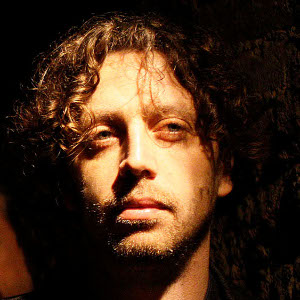
Jacopo Crezzini
University of Siena, Italy
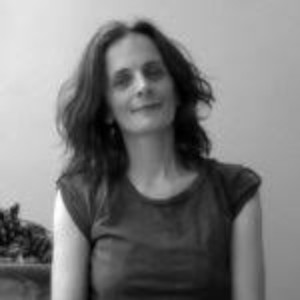
Simona Arrighi
University of Bologna, Italy
ABSTRACT
The last years have witnessed an increase in the number of studies focusing on the quantitative analysis of surface alterations on bone remains from archaeological sites. This is of pivotal importance for a better understanding of site formation processes and for improving our knowledge on the behaviour of past hominin communities. Different and comparable technologies allow us to create high-resolution 3D models of surface modifications, which can be studied by collecting linear, angular, areal and volumetric measurements , as well as by analysing shape variability with a geometric morphometric approach. Even if methods have been proposed to discriminate between alterations caused by different agents (e.g. trampling vs. butchering) or by the same agent in different conditions (e.g. similar butchering tools produced with different raw materials), some studies point to a variability in the characteristics of bone modifications even when the agent (or the used tool) is similar.
Aim of this Special Session is to promote a fruitful dialogue on available methods, their limits and future perspectives for the quantitative study of bone surface modifications. Methodological papers, as well as paradigmatic case-studies with no chronological or geographic limitation are welcomed to this session.
TOPICS
In detail the main topics will be:
- Technologies for the 3D recording of bone surfaces;
- Methods for discriminating between different agents of bone alteration;
- Dialogue between bone modifications and the agents which created them (e.g. gnawing marks and teeth, butchering marks and cutting edges of tools);
- Engraved art objects and culture-induced modifications on human remains.
ABOUT THE ORGANIZERS
Francesco Boschin is a post-doc zooarchaeologist at the University of Siena (Italy). For the last ten years he has worked on the application of 3D microscopy in taphonomy. He co-authored several papers focused both on the development of new protocols for the quantitative analysis of bone surface modifications and on the application of these methods on Palaeolithic and Mesolithic archaeological contexts from Italy. Main applications concern the dynamics of bones accumulation in Palaeolithic and Mesolithic sites, the reconstruction of prehistoric hunting technology and dental treatment in prehistory.
Jacopo Crezzini is a collaborator of the University of Siena(Italy),whose interests focus on zooarchaeology and taphonomy. He carried out several methodological and applicative studies by means of 3D microscopy with the aim to reconstruct site formation processes in Palaeolithic contexts and the behaviour of past human communities. He mainly worked on dynamics of bones accumulation in Pleistocene hyena dens in Tuscany and Apulia, on the exploitation of mammals in Palaeolithic and Mesolithic archaeological contexts across Italy, and on the reconstruction of prehistoric hunting technology.
Simona Arrighi is a post-doc fellow at the University of Bologna (Italy). and a collaborator of the University of Siena studying paleolithic art and use-wear on lithic and bone tools. She has a broad experience in the use of 3D microscopy in Prehistory. In particular her studies focused on the recording and interpretation of use-wear traces on stone and bone tools from Pleistocene and Holocene archaeological sites across Italy, on the technological study of Palaeolithic art (mainly engraved portable art objects) and on the study of dental treatment in prehistory.
